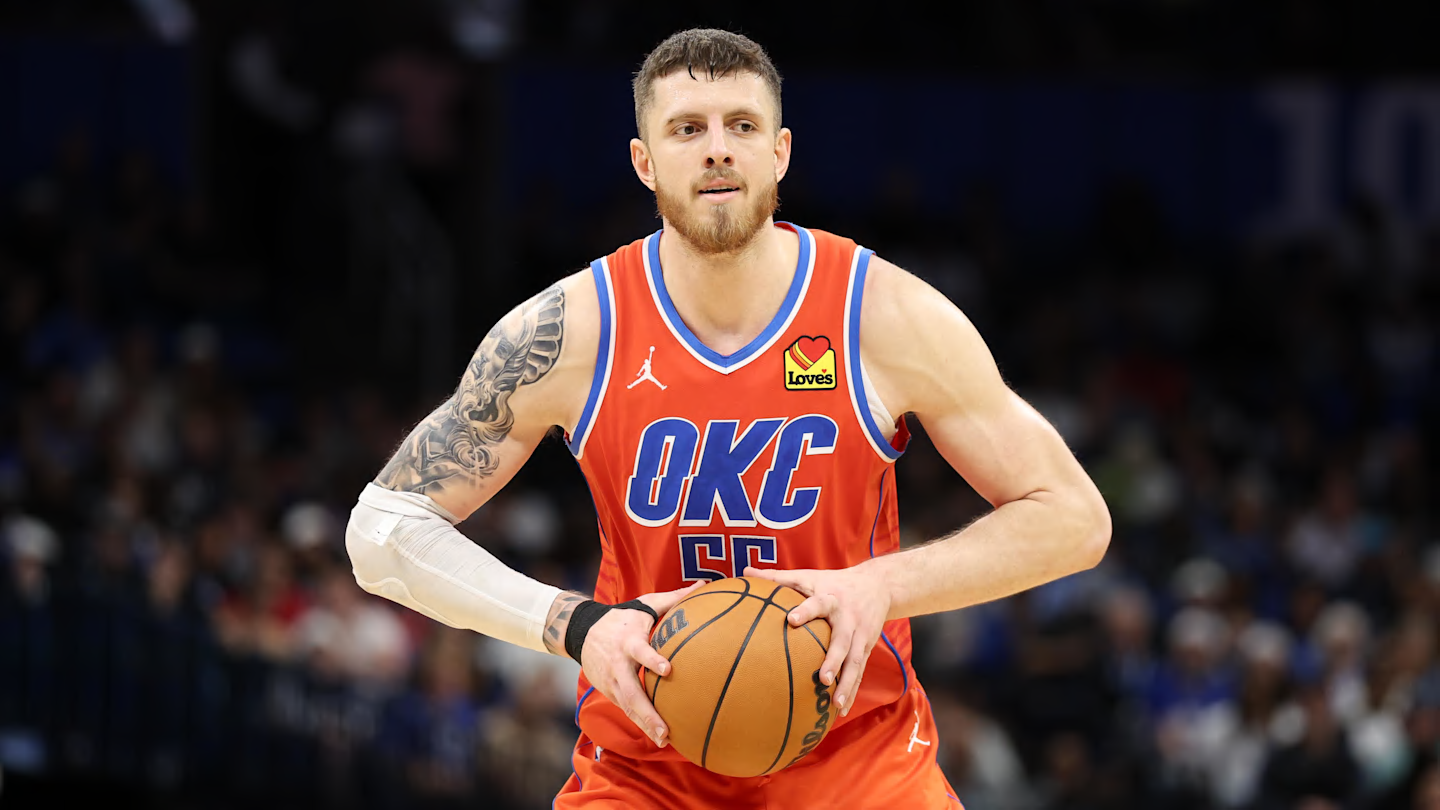Fashion
What to Watch: Fashion Comes Under the Antitrust Microscope

In April, the Federal Trade Commission — which hasn’t seriously disrupted a fashion deal in a generation or more — rediscovered the industry and put its foot down, suing to put a stop to Tapestry Inc.’s $8.5 billion deal to buy Capri Holdings.
This fall, fashion will get a sense of whether regulators can make that challenge stick.
The FTC, which voted 5-0 to file suit against the deal, said the buyout would “eliminate direct head-to-head competition” between Tapestry’s brand portfolio of Coach, Kate Spade and Stuart Weitzman and Capri’s Michael Kors, Versace and Jimmy Choo.
The suit zeros in on a specific segment of the market, the exact contours of which will be defined in court.
“Today both companies compete on everything from clothing to eyewear to shoes,” the suit said. “But where Coach, Kate Spade and Michael Kors most fiercely compete, and where they boast eye-popping market shares, are in handbags — specifically, ‘accessible luxury’ handbags — where the parties offer high-quality products purchased by tens of millions of Americans.”
The FTC has also singled out Tapestry for a “pattern and strategy of serial acquisitions.”
Tapestry’s chief executive officer Joanne Crevoiserat told WWD this spring: “Consumers are fully in charge here and if we don’t deliver innovation that they value, they have other choices. There are big players in the market…and there are new entrants every day that come into the market. Some celebrity wears a bag on an evening, or a really cool Brooklyn designer creates a bag. There are no barriers to entry. So if we’re not staying on top of what consumers value and delivering innovation behind that, we’re not going to win competitively.”
The two sides meet again next month before a federal judge, who will ultimately decide which argument prevails.
The case has become even more interesting given the U.S. government’s recent decision not to further investigate Hudson’s Bay Co.’s $2.65 billion deal to buy Neiman Marcus Group and merge it with Saks Fifth Avenue. It’s a marriage helped along by funding from Amazon and Salesforce.
Regulators automatically take a look at all the major deals, but more complicated cases get what’s called a “second request” for more info. In this case, the government decided to let the deal go through, even though the two companies are the largest luxury department store retailers in the U.S.









